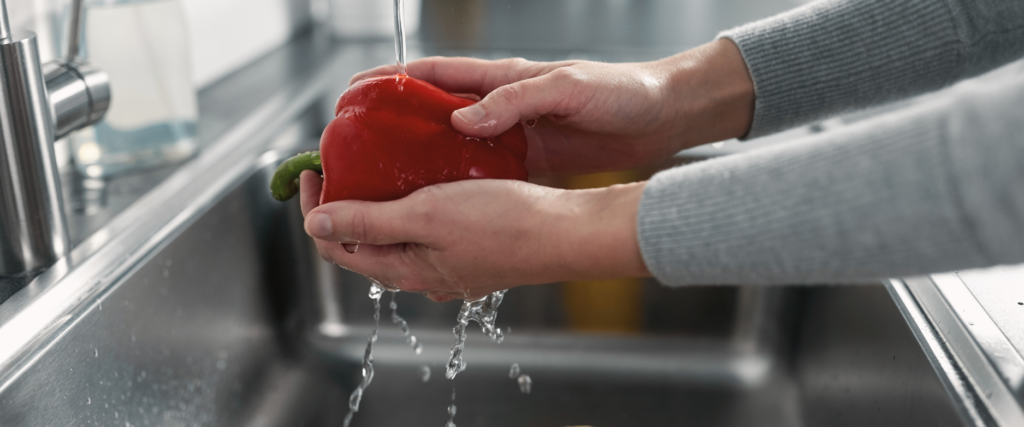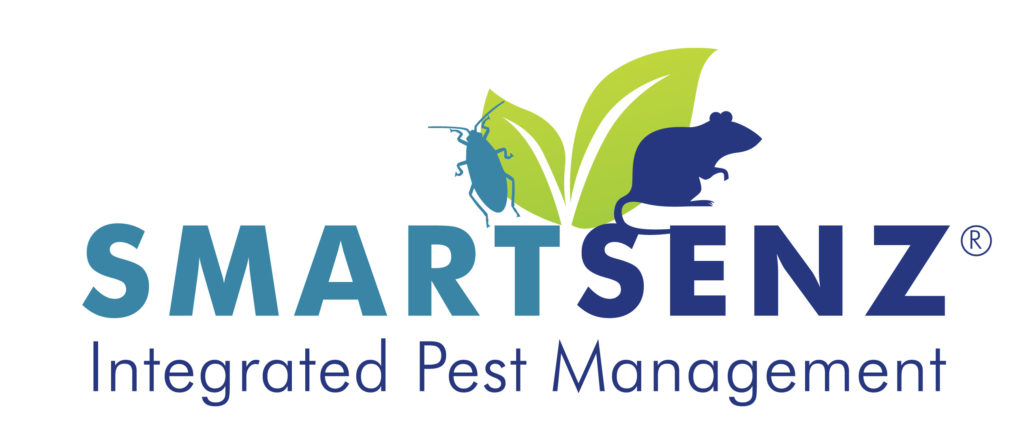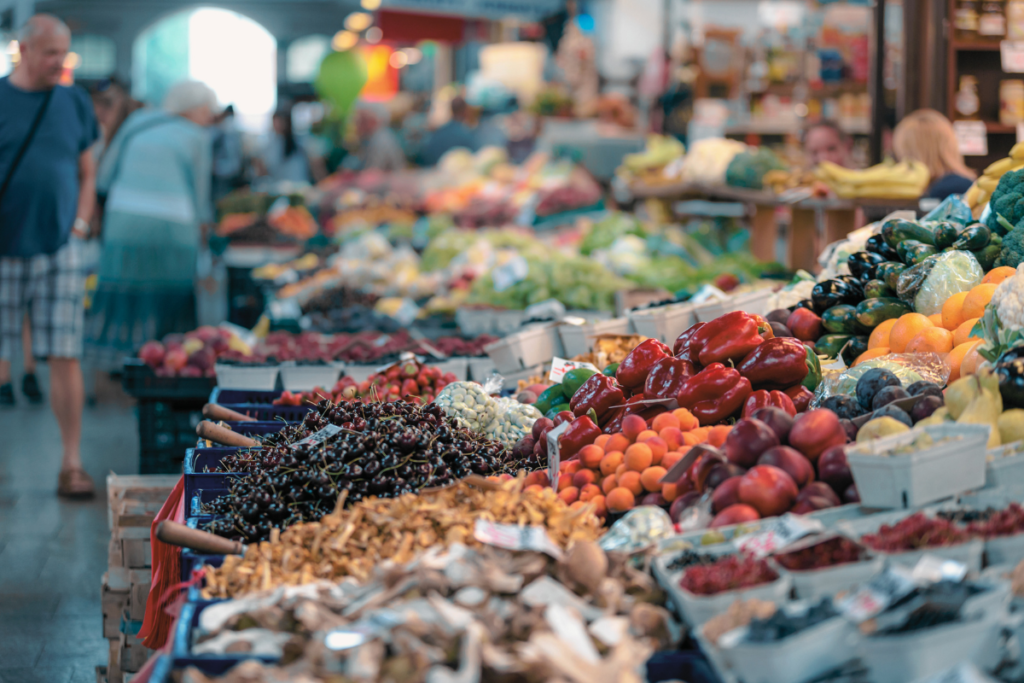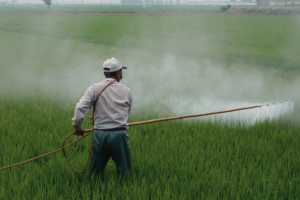Ever wondered which fruits and veggies in South Africa might be carrying a bit more than just natural goodness? The Shopper’s Guide to Pesticides in Produce™ represents EWG’s analysis of the latest fruit and vegetable testing data from the Department of Agriculture and Food and Drug Administration, also known as The Dirty Dozen™ (Guide, 2024).

“The 2024 guide includes data from 47,510 samples of 46 fruits and vegetables.”
Here’s a rundown of the top 10 foods that were most contaminated with pesticides.

1. Strawberries
2. Spinach
3. Kale and Mustard Greens
4. Grapes
5. Peaches

6. Pears
7. Nectarines
8. Apples
9. Bell & Hot Peppers
10. Cherries
The dangers of ingesting pesticides through fresh produce:
The ingestion of pesticides through contaminated food can pose serious health risks, ranging from acute poisoning to long-term health complications. Studies have linked pesticide exposure to various adverse health effects, including neurological disorders, reproductive issues, and certain cancers.
Does cooking or boiling fruits and vegetables get rid of pesticides?
Yes, and no.
While cooking food can help reduce pesticide residues to some extent, it may not eliminate them entirely. Some pesticides can break down or degrade when exposed to heat, reducing their concentration in cooked food. However, certain pesticides are more heat-stable and may persist even after cooking.
In an article by BBC Science Focus, Luis Villazon says: “Most pesticides are complex organic molecules, and these tend not to be very heat stable. But reliably breaking down all pesticide molecules would likely require prolonged exposure to temperatures well over 100ºC, so you can’t rely on ordinary cooking to remove all traces.
Peeling or washing fruit and vegetables does more to reduce pesticide levels than cooking, but the only way to be entirely sure is to stick to organic produce.”
Nonetheless, thorough washing and choosing organic produce remain essential steps to minimise pesticide residues in food.

How to properly wash your fruits and vegetables to avoid pesticide residue:
Properly washing produce is crucial for reducing pesticide residues and ensuring food safety.
Start by rinsing fruits and vegetables under cool, running water, gently rubbing them with your hands to remove dirt and residue.
For firmer produce, like apples or cucumbers, use a vegetable brush to scrub the surface. Vinegar or produce washes can be used as an additional step to help remove stubborn residues, although research on their effectiveness varies.
Remember to dry produce thoroughly with a clean towel or paper towel after washing, as moisture can promote bacterial growth. Following these simple steps can help minimise pesticide exposure and protect your health.





